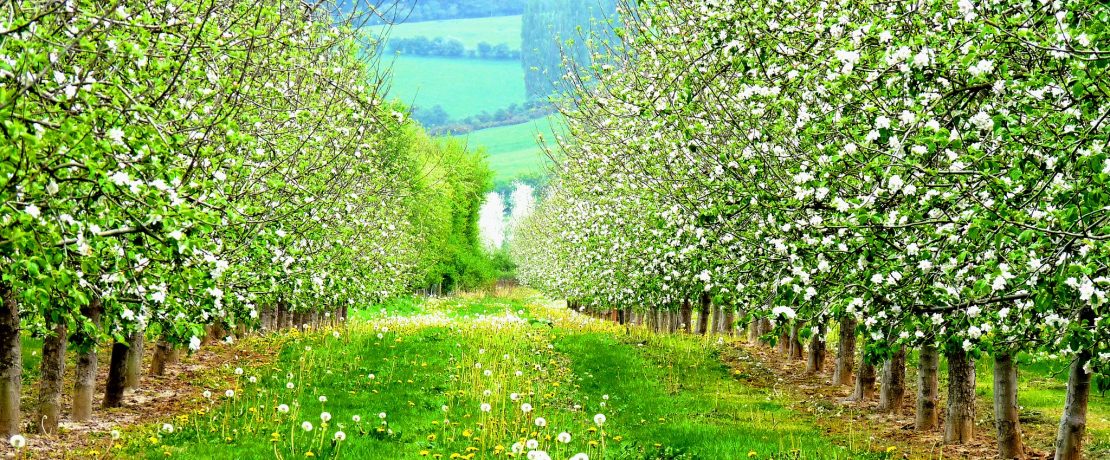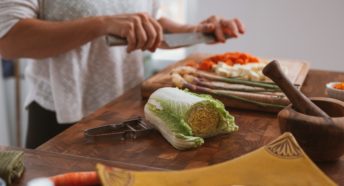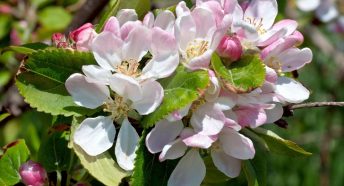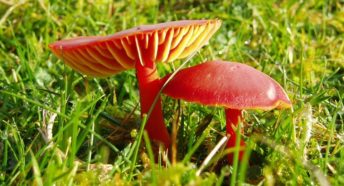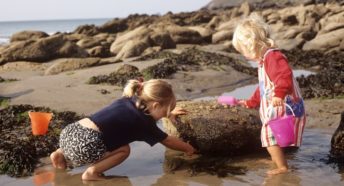Nature’s bounty: England’s orchards
Naturalist and writer Benedict Macdonald raises a toast to orchards, one of England’s treasures.
The mind lifts. The spirits soar as I reach my orchard – or, at least, the orchard I am graciously allowed to share. And to my delight, the gate to the old hop-kilns is crowned with a spotted flycatcher.
Vanishing as fast as the honeybees she hunts, this female has returned from the depths of Africa. And, as in the year before, and the year before that, she’ll nest within the space of a missing brick; in the walls of the hop-kiln itself.
Like many of the ancient rhythms of the orchard, the return of this precious, declining bird is special. It grounds me in a moment: a moment that my grandchildren may never enjoy.
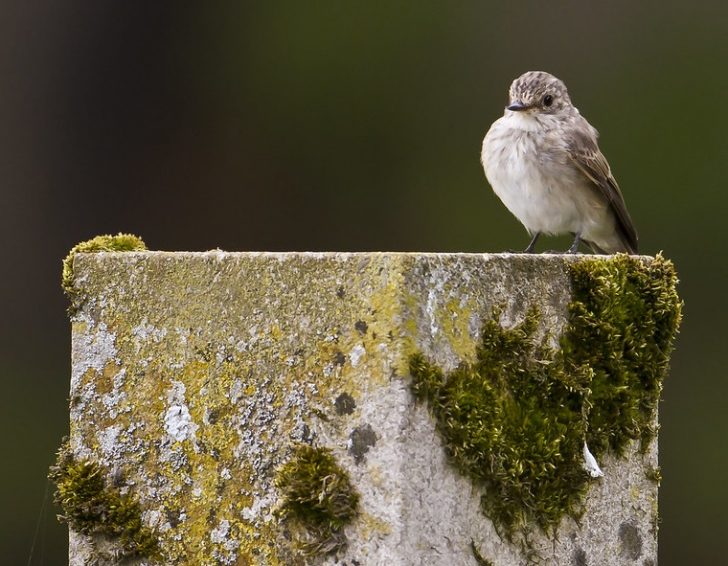
Fruit forests
Visiting an ancient Herefordshire orchard is like visiting an art gallery where just a handful of paintings now survive. Much as we praise traditional orchards, they are headed for extinction by 2050. At some deranged point in our history, we decided that the fruit forests that give us apples, pears, cherries, cider, apple-wood and charcoal should no longer be funded and supported.
In 1600, Herefordshire was one continuous orchard. Now, only precious remnants stand tall.
We remain optimistic. The future of Britain’s farming lies in combining productivity with diversity; innovation with tradition. And from where I stand, this life-fizzing orchard delivers on all fronts. As productive as any intensive farm, soon the orchard will yield 100 tonnes of organic fruit. But it will yield a lot more besides.
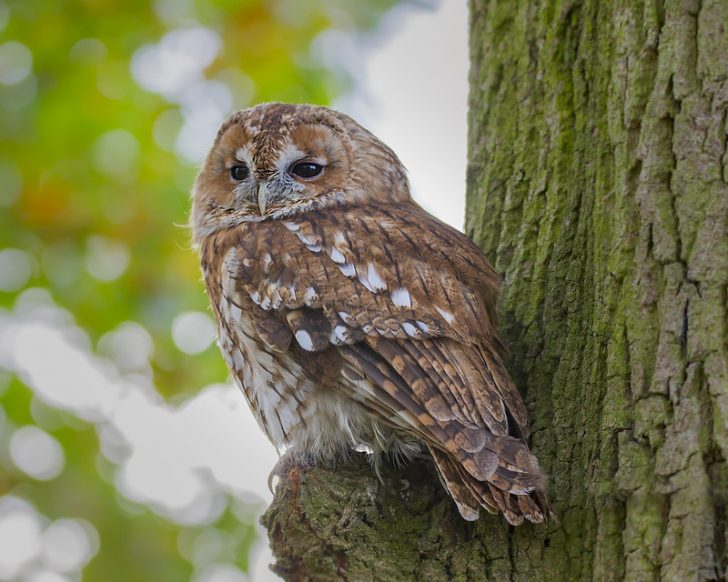
New broods of tawny owls, new generations of hornets, a new family of swallows: the bounty of the orchard is diverse. As I linger beside an old pear tree, a cuckoo sweeps through the orchard. Soon, she too will be gone. But in the nests of dunnocks, tucked deep within the log-piles, the progeny of her hosts will survive.
A ripe future?
Orchards provide a sharing arrangement between people and wildlife, of a richness that few, of my generation, will ever pause to savour.
In their deep cavities, redstarts and stock doves make their home. In mistletoe clusters, mistle thrushes and blackcaps find their winter food. As the limbs of saddened apple trees fall and die, beetles, lichens, woodpeckers and fungi come to thrive.
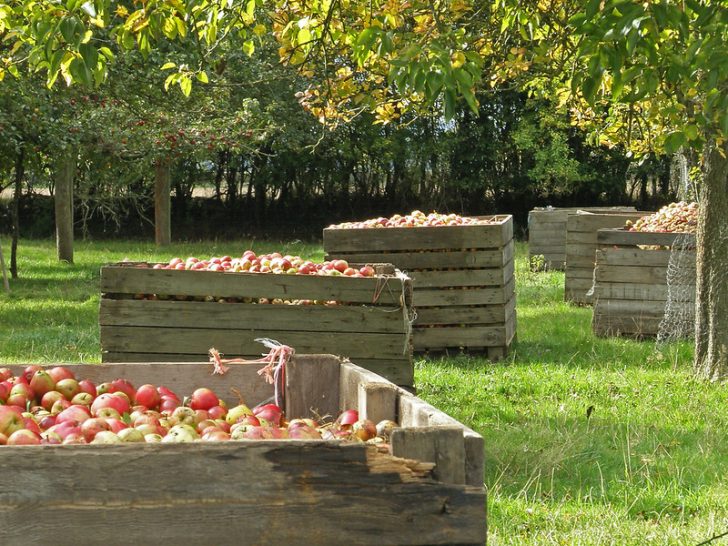
Come autumn, the primates that made their home here 900,000 years ago (the most adaptable and resilient species of them all) turn produce into profit.
From where I stand, orchards should not be the relict museums of our countryside. They should be the backbone of its future. As the sun sets, we crack open an amber cider cask. We drink to the future – and pray we are not drinking to the past.
Benedict Macdonald is a conservation writer, wildlife television director and passionate naturalist. His latest book Orchard: A Year in England’s Eden is a celebration of orchards cowritten with fellow naturalist, producer and vlogger Nicholas Gates.
This article was originally published in CPRE’s award-winning magazine, Countryside Voices. You’ll have Countryside Voices sent to your door three times a year, as well as access to other benefits including discounts on attraction visits and countryside kit from major high street stores when you join as a CPRE member. Join us now.
